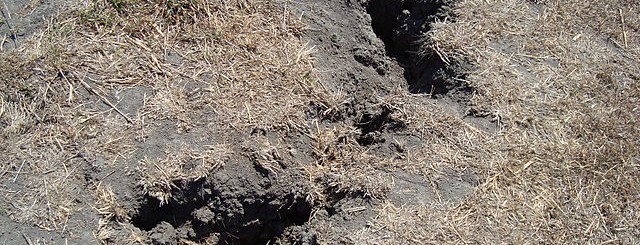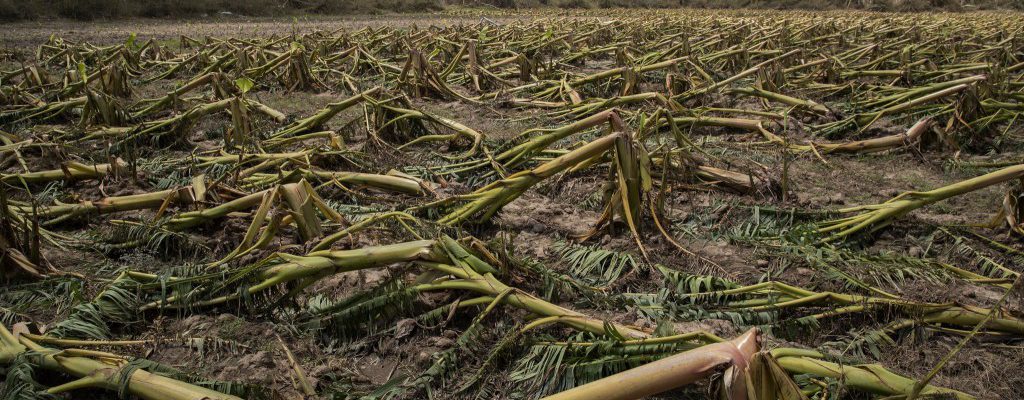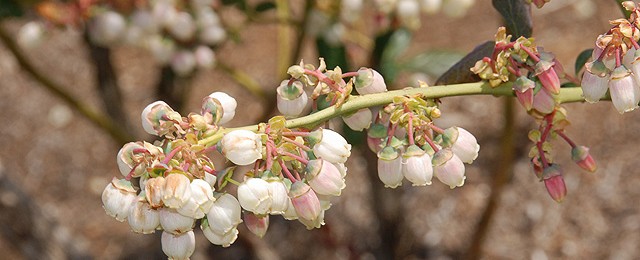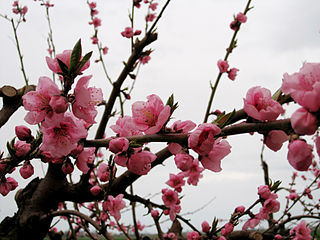-

While many of us in the Southeast are struggling with too much water, farmers in the Yucatan Peninsula of Mexico are dealing with one of the worst droughts in recent years. They are in their third year of drought, and it’s the worst one they have experienced going back to 1986. Groundwater levels are already…
-

For the past three decades, Alabama, Florida and Georgia have been battling over control of water resources in what has become known as the “tri-state water wars.” I have written about this topic in past blog posts. In recent years, Georgia has been working hard to improve its tracking of water usage, since in past…
Posted in: Climate and Ag in the news -

Science News had an interesting article this week. It was about a new study which showed that the biggest amount of tree damage in Hurricane Maria back in 2017 was not where the strongest winds were but where the rains were heaviest. Hurricane Irma, which passed near PR two weeks before Maria hit, brought heavy…
-

“Rise and shine, campers, it’s Groundhog Day!” Are you feeling like every day is the same now that you are practicing social distancing and working at home? Probably not if you are a first responder, farmer, or NWS employee. Thanks to all of you who are working to keep us safe, healthy, and well fed!…
Posted in: Climate outlooks -

The warm and wet weather we’ve had over the winter has had some impacts on blueberries across the region, according to this recent article by Clint Thompson in Vegetable and Specialty Crop News. The excessive rain may lead to increases in disease pressure as the rain helps move root-rot spores around the fields. The rain…
-

The latest seasonal summary for December 2019 through February 2020 is now available for the Southeast from the Southeast Regional Climate Center. You can access it at https://sercc.com/SoutheastRegionQuarterlyReportWinter2019_20.pdf .
Posted in: Climate summaries -

Today marks the start of astronomical spring (remember, climatological spring started on March 1). It is also known as the vernal equinox because days and nights are of equal length. It’s the earliest start to spring in well over 100 years because of the leap year and other factors. You can read more at EarthSky…
Posted in: Climate and Ag in the news